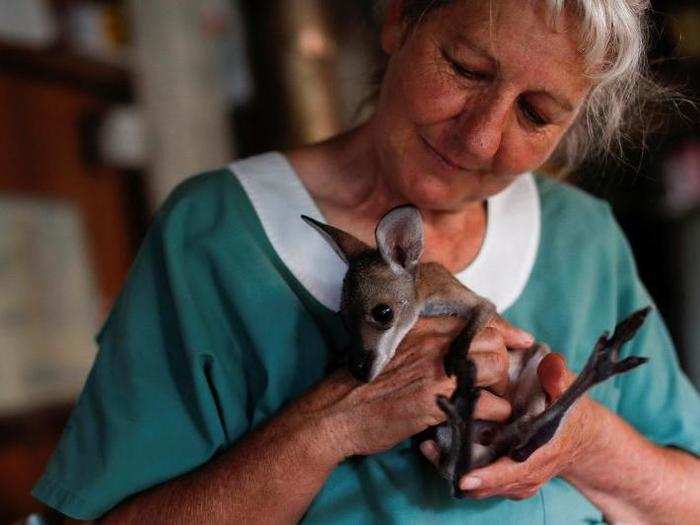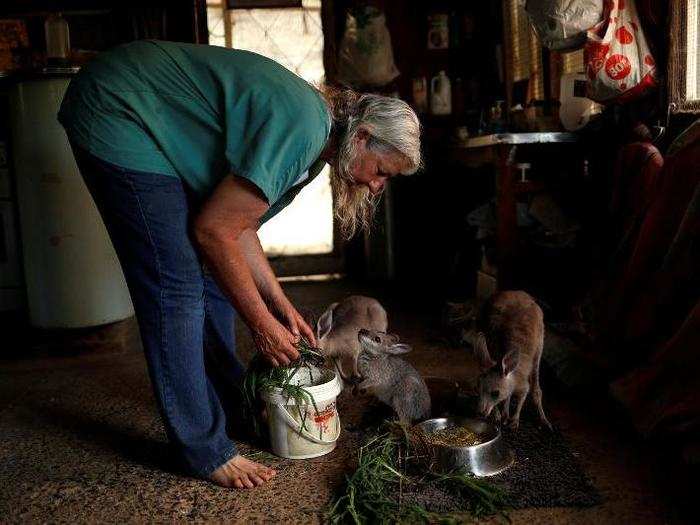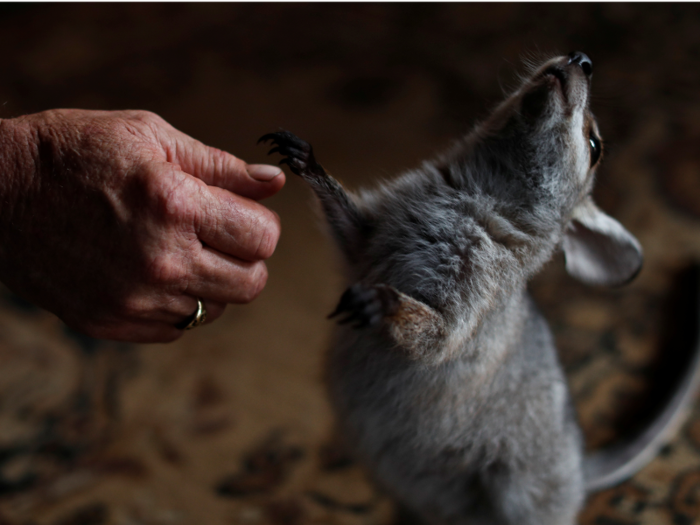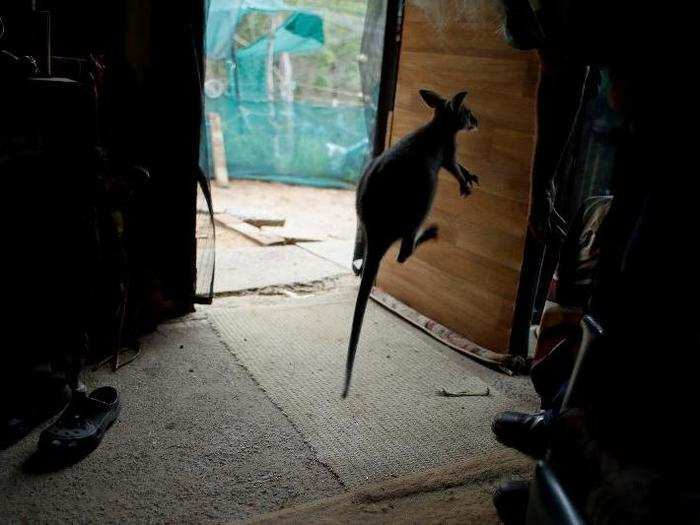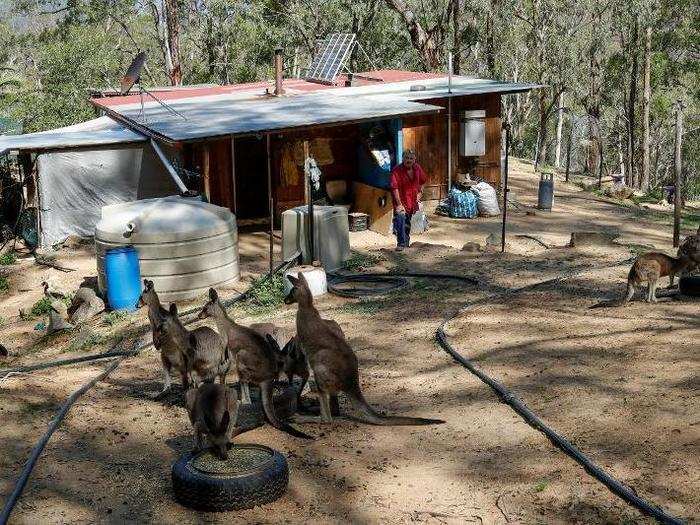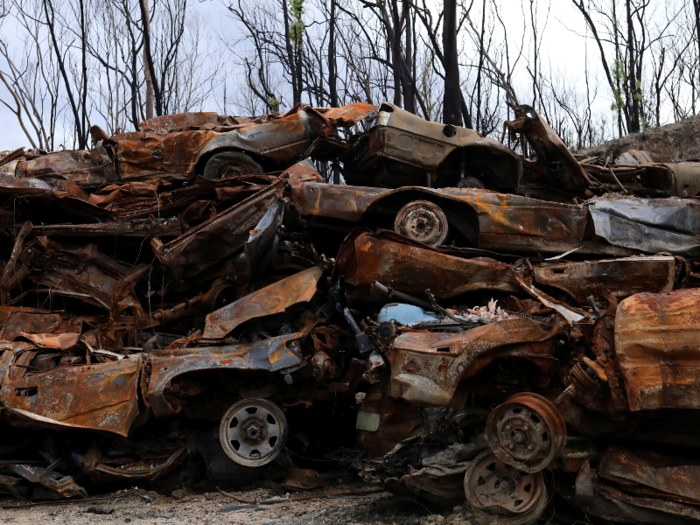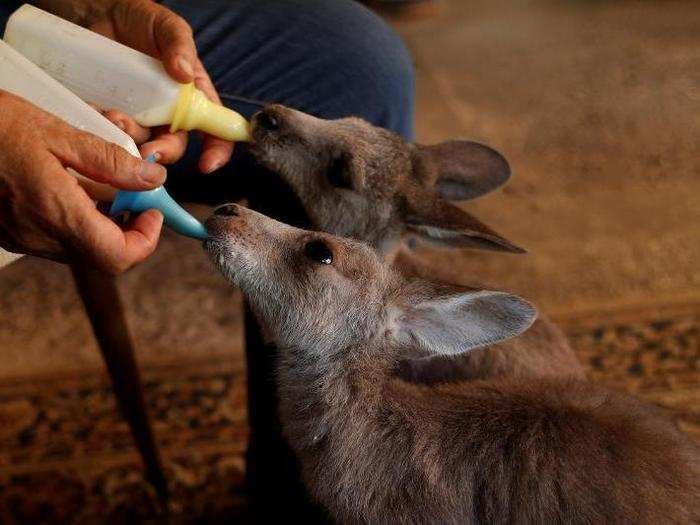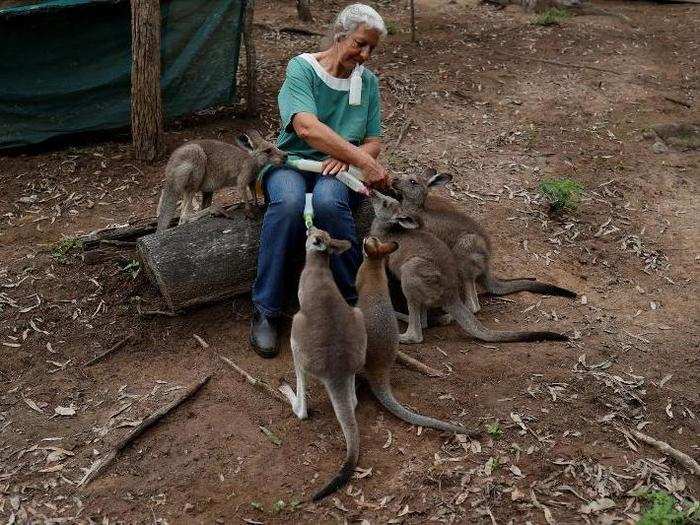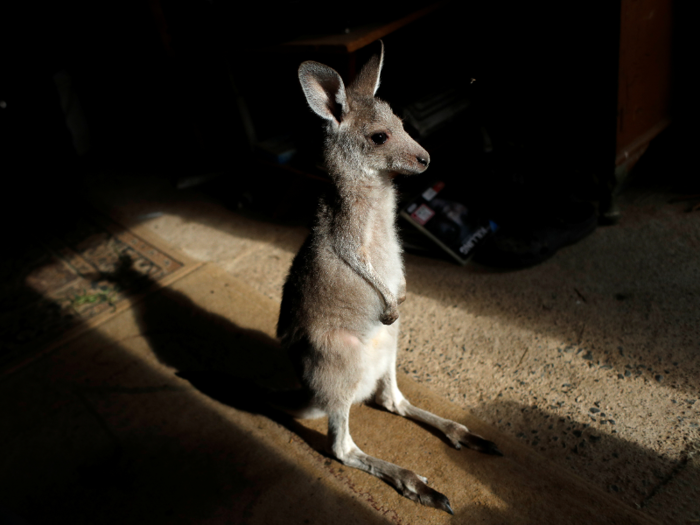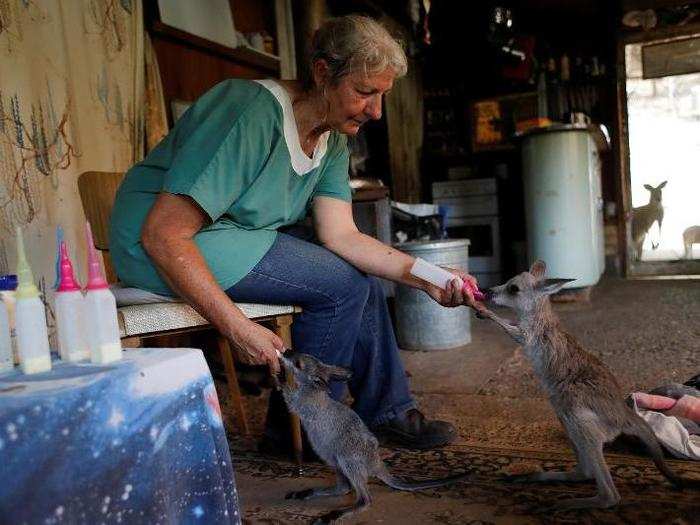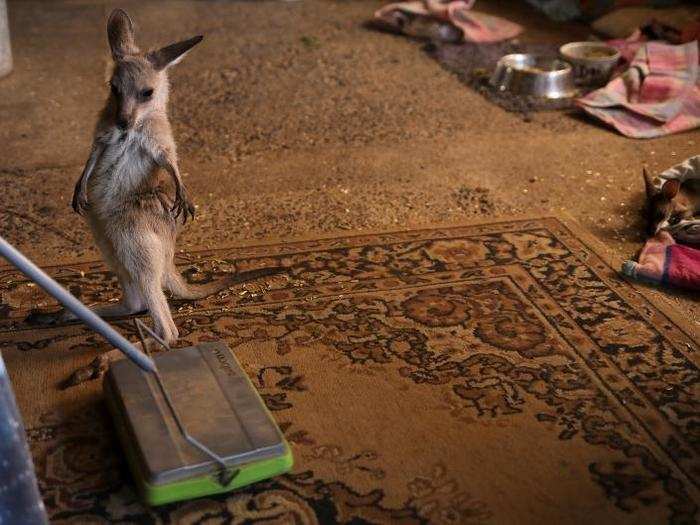Wildlife Information, Rescue, and Education Service Inc. (WIRES) — Australia's largest wildlife rescue organization — reported that volunteers helped with over 3,300 rescues for sick, injured, and orphaned wildlife.
Climate change has increased the frequency and severity of fires. This was one of Australia's worst wildfire seasons ever.
Some ecosystems have natural wildfires. However, as humans thin forests, turn grassland into farms, and build homes in previously untouched areas, landscapes can become more prone to burning.
The Australian bushfires claimed the lives of 27 people and destroyed 2,000 homes.
The isolation of Australia's ecosystems means many species are unique to the country. Experts fear that up to 1 billion animals might have perished in the fires, including some from threatened and endangered species.
Kangaroos are not endangered — they're designated at the level of "least concern" by the International Union for Conservation of Nature because their population is abundant.
They're the official animal of Australia.
Usually, grey kangaroos leave their mothers' pouches at around 11 months but continue to suckle until they are as old as 18 months.
In January, a fire ravaged a third of Kangaroo Island, which sits off the coast of South Australia and is home to lots of unique wildlife. Thousands of kangaroos and koalas were thought to be killed.
Experts are still unsure about the fate of a subspecies of glossy black cockatoos that lives on the island. Only about 300 to 370 of the birds remained before the fires.
"This is a national tragedy and a threat to our Australian way of life, in both urban and especially regional communities," Dermot O'Gorman, CEO of the Australian chapter of the World Wildlife Fund, said in a statement in November 2019.
O'Gorman added that both humans and animals were facing decades-long recoveries.

